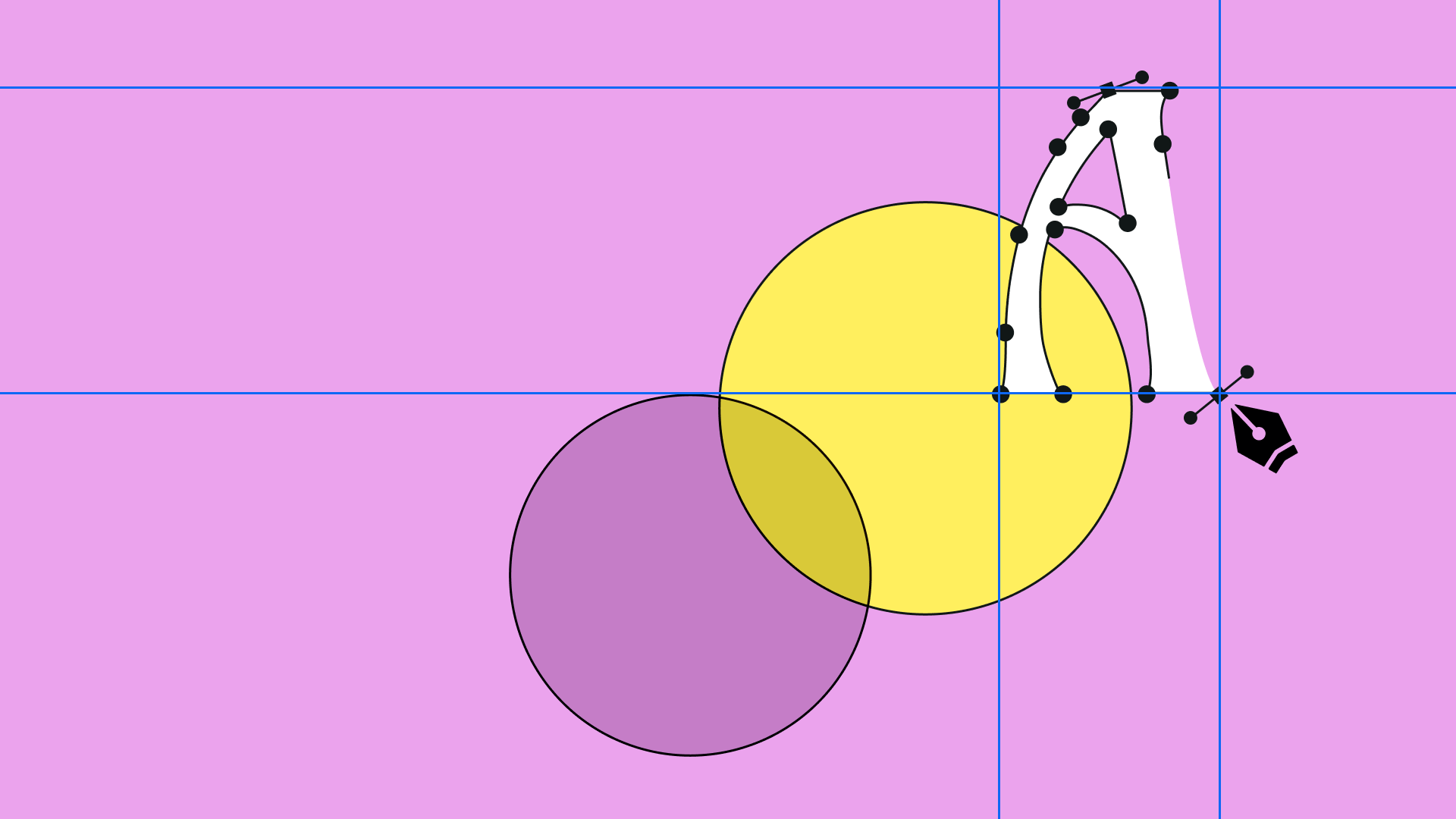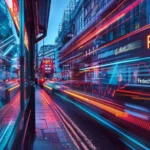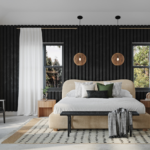Layout design in print media is a fundamental skill that combines art and functionality to convey messages effectively. Whether you’re designing a magazine, a brochure, or custom flyer printing, the principles of layout design play a critical role in how your audience perceives and engages with your content. This guide will walk you through the essential elements of effective layout design, making it an invaluable resource for beginners eager to enhance their print media skills.
Understanding Layout Design
Layout design refers to the arrangement of visual elements on a page. This includes the placement of text, images, and other graphics, and how these components interact to create a cohesive design. A well-designed layout can draw readers in, guide them through the content, and enhance their overall experience.
The Importance of Effective Layout Design
Effective layout design is crucial for several reasons:
- Visual Appeal: A well-organized layout attracts attention and keeps readers engaged. A cluttered or poorly arranged layout can overwhelm viewers, causing them to lose interest.
- Readability: The layout impacts how easily text can be read. An effective design ensures that the content flows logically and is easy to follow.
- Brand Identity: Consistent layout design reinforces brand identity. By using specific colors, fonts, and styles, businesses can create a recognizable image that resonates with their target audience.
- Information Hierarchy: A good layout establishes a clear hierarchy, helping readers quickly identify key information. This is especially important in print media, where space is limited, and messages must be communicated quickly.
Key Elements of Layout Design
To create effective print media layouts, it’s essential to understand the key elements that contribute to a successful design. Here are some of the most important components:
1. Grid Systems
Grids are the backbone of layout design. They provide structure and guide the placement of elements on the page. A grid helps designers maintain consistent alignment and spacing, making the design look polished and professional. There are various grid types, such as column grids, modular grids, and hierarchical grids, each serving different purposes.
2. White Space
White space, or negative space, is the area of the design that is left empty. It is crucial for effective layout design as it creates breathing room around elements, enhancing readability and focus. Proper use of white space can lead to a more balanced and aesthetically pleasing design. It also helps to prevent the layout from feeling cluttered.
3. Typography
Typography refers to the style and arrangement of text. Choosing the right fonts, sizes, and spacing is essential for creating a clear and legible design. Here are some tips for effective typography:
- Font Selection: Choose fonts that align with the tone of your message. For instance, a modern sans-serif font might be suitable for a tech brochure, while a classic serif font may be better for a literary magazine.
- Hierarchy: Establish a clear hierarchy by varying font sizes and weights. Headings should be bold and larger, while body text should be easy to read at smaller sizes.
- Line Spacing: Proper line spacing improves readability. Too little space can make text difficult to read, while too much can disrupt the flow.
4. Images and Graphics
Visual elements such as images, illustrations, and icons can enhance the message of your print media. When incorporating images, consider the following:
- Quality: Use high-resolution images to ensure clarity in print. Blurry or pixelated images can undermine the quality of your design.
- Relevance: Choose visuals that complement your content. An image should enhance the message, not distract from it.
- Placement: The placement of images should align with the text and overall layout. Images can break up text blocks and guide the reader’s eye through the design.
5. Color Theory
Color plays a significant role in design, influencing emotions and perceptions. When selecting a color palette, consider the following:
- Brand Colors: Incorporate your brand’s colors to maintain consistency across all materials.
- Contrast: Use contrasting colors for text and backgrounds to ensure readability. Dark text on a light background is generally easier to read.
- Mood and Emotion: Different colors evoke different emotions. For instance, blue conveys trust and calmness, while red evokes excitement and urgency.
Steps to Create an Effective Layout
Now that you understand the key elements of layout design, here’s a step-by-step approach to creating an effective layout for your print media:
1. Define Your Purpose and Audience
Before you start designing, clarify the purpose of your print media and identify your target audience. Understanding your audience’s preferences and interests will guide your design choices.
2. Gather Content
Collect all the necessary content, including text, images, and graphics. Organize this material to determine how it will fit into your layout.
3. Choose a Grid System
Select a grid system that aligns with your content type and the overall feel you want to achieve. This will provide a foundation for your design.
4. Create a Rough Sketch
Before jumping into design software, sketch a rough layout on paper. This allows you to experiment with different arrangements and elements without the constraints of digital tools.
5. Implement Your Design
Using design software (like Adobe InDesign or Canva), begin implementing your layout. Pay attention to the key elements discussed, such as white space, typography, and images.
6. Review and Revise
After creating your initial layout, step back and review it. Seek feedback from others and make necessary revisions to improve clarity and effectiveness.
7. Print a Proof
Before final printing, always print a proof to check for any errors or design issues. This step ensures that the final product meets your expectations.
Conclusion
Mastering layout design in print media takes practice, but by understanding the key elements and following a structured approach, beginners can create visually appealing and effective designs. Whether you’re working on brochures, magazines, or custom flyer printing, the principles outlined in this guide will serve as a solid foundation for your design journey. Remember, the goal is not just to create something beautiful but to effectively communicate your message to your audience. Happy designing!


